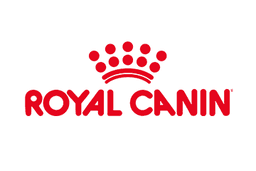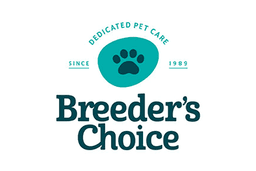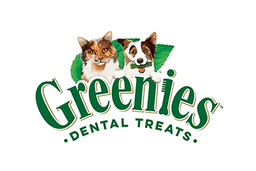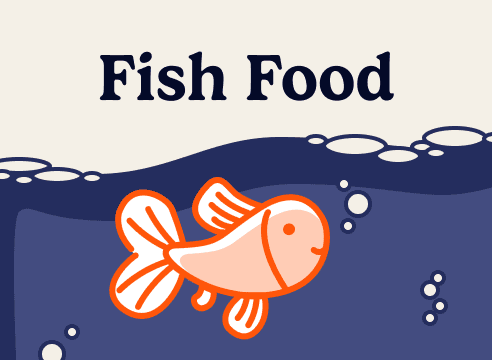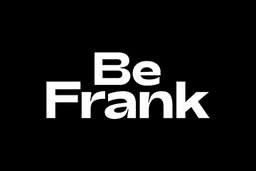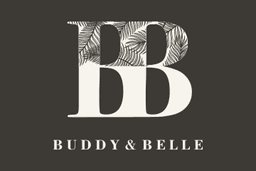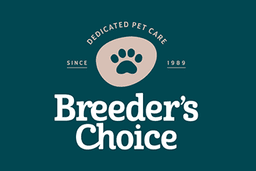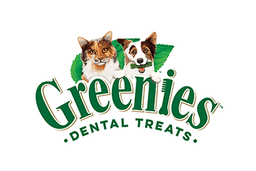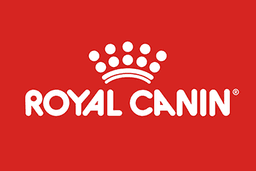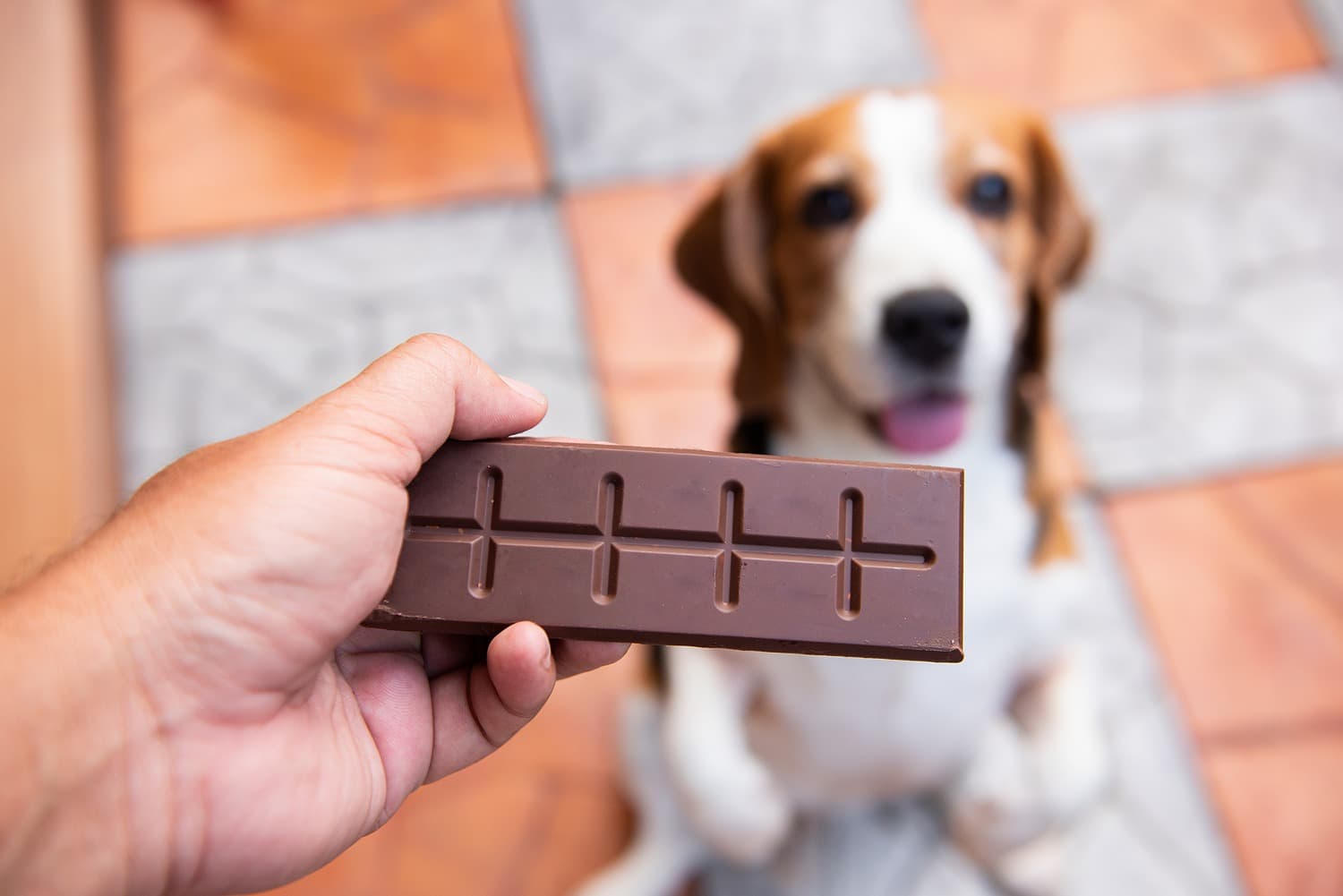As a dog owner, you may be wondering if it's safe to give your furry friend a bite of your chocolate bar.
Here’s an overview of the effect chocolate can have on dogs and what to do if your dog accidentally ingests chocolate.
Is Chocolate Bad for Dogs?
The short answer is yes, chocolate is bad for dogs. According to the Australian Animal Poisons Helpline, chocolate is poisonous and can cause them enormous harm. This is because cocoa in chocolate contains methylxanthines – compounds that humans can metabolise efficiently while dogs cannot.
The methylxanthines in chocolate include caffeine and theobromine. Theobromine is especially concerning as chocolate contains substantial amounts. Concentrations are highest in cocoa beans/powder and dark chocolate but there are also levels present in milk chocolate. White chocolate contains some as well, although in much smaller amounts. Generally speaking, the more dark and bitter the chocolate, the more theobromine it has.
How Theobromine Affects Dogs
According to the British Medical Journal, in humans, the half-life of theobromine (the time it takes to reduce its concentration in the body by one half) is two to three hours. In dogs, it is closer to 18 hours – which means it has more time in the system to do potential damage.
In dogs, theobromine attacks the central nervous system, as well as the cardiovascular and respiratory systems. It also has a diuretic effect on dogs, which means they will urinate more and could become dehydrated. Symptoms of theobromine poisoning can show up within two hours, but may also not appear for a whole day.
Symptoms of Chocolate Poisoning in Dogs
The symptoms of chocolate poisoning in dogs can vary depending on the amount and type of chocolate they consumed, as well as their size and individual sensitivity to theobromine.
Some common signs of chocolate poisoning in dogs include of chocolate toxicity in dogs include restlessness and hyperactivity, nervousness, shaking, vomiting, diarrhea, increased thirst and urination, and elevated heart rate. Very serious toxicity may lead to muscle tremors, seizures, coma and even death.
In addition, any amount of chocolate can lead to pancreatitis in dogs – a serious condition that can lead to organ failure if left untreated.
These symptoms can appear within a few hours of chocolate ingestion and can last for several days.
How Much Chocolate is Toxic to Dogs?
The size of your dog and the amount and type of chocolate makes a difference, which explains why some dogs have more of a reaction to eating chocolate than others. It could also help explain why some people say, “my dog ate chocolate and was perfectly fine!
As a general rule, the darker the chocolate, the more dangerous it is for dogs.
To provide an example – if an average-sized dog ate a small amount of milk chocolate it will likely lead to fewer symptoms than if the same dog ate a similar quantity of dark chocolate.
To give you an idea, here's a rough guide to the amount of theobromine in different types of chocolate:
- White chocolate: very little to no theobromine
- Milk chocolate: 1.55-2.21 mg per gram
- Semisweet chocolate: 5.29-5.71 mg per gram
- Baking chocolate: 13.78-15.88 mg per gram
Smaller dogs are also more susceptible than bigger dogs to the effect of chocolate poisoning, simply due to their size.
How Much Chocolate Can a Dog Eat Safely?
As a general rule of thumb, the toxic dose of theobromine for dogs is around 100-150mg of of theobromine per kg of body weight. This equates to 20gms/kg of semi-sweet dark chocolate or 60gms/kg of milk chocolate. However, the hospital also says symptoms can also show up at 20mg/kg of theobromine in some dogs.
To put this into perspective:
-
A typical milk chocolate bar (1.55-2.21 mg of theobromine per gram) can contain anywhere from 5-15 grams of theobromine per bar (depending on the size and brand). This means that a 10 kg dog would need to consume 5-300 grams of milk chocolate to reach toxic levels of theobromine.
-
A typical dark chocolate bar (13.78-15.88 mg of theobromine per gram) can contain anywhere from 45-130 grams of theobromine per bar. This means that a 10 kg dog would need to consume only 8-20 grams of dark chocolate to reach toxic levels of theobromine.
It's important to note that the amount of theobromine in chocolate can vary widely depending on the type and brand of chocolate. So big dog or small dog, the best thing is not to take the risk of giving your dog any chocolate products at all!
What to Do if Your Dog Eats Chocolate
If your dog eats some chocolate or even if you think they might have, don’t wait to see what happens first, but call your vet immediately for advice. Alternatively you can call the Animals Poisons Helpline.
Call your Vet immediately or the Animals Poisons Helpline on 1300 869 738
It’s also important to stay calm while waiting for advice or treatment, as this will help to reassure your dog, and not worsen any anxiety they might be displaying. Try to determine how much chocolate your dog has ingested and what type of chocolate it was. If you have the packaging, bring it with you to the vet as it will help them calculate the level of toxicity.
Veterinary treatments may include induced vomiting, activated charcoal, intravenous fluids and medications. In severe cases, the vet may need to provide supportive care, such as intravenous fluids, anti-seizure medication, or oxygen therapy.
Preventing Chocolate Poisoning in Dogs
The concern isn’t only about chocolate bars or Easter eggs either, but any product containing cocoa beans or derivatives. This includes chocolate pudding, cake, biscuits, drinks or sweets that contain even small amounts of chocolate.
The best way to prevent chocolate poisoning in dogs is to keep all chocolate and cocoa-containing products out of reach.
And even if you don’t give your dog chocolate on purpose, dogs are pretty indiscriminate eaters. They often like to eat whatever’s going and what their humans are eating, so they could accidentally ingest some.
There’s also the possibility that they could get fed a piece of chocolate cake by a playful toddler or given a chocolate biscuit by a well-meaning visitor so remain vigilant and remind visitors and your household members to never give your dog a chocolate treat
What treats can I safely give my dog instead of chocolate?
Like most people, you love your pet dog and enjoy giving them a treat, especially when they’ve been a good boy or girl!
Fortunately, there are plenty of nice treats available on the market which mean your beloved pooch doesn’t need to miss out as you enjoy your chocolate bar! This includes a wide variety of dental dog treats, chews, munchies and dog-friendly chocolate which contains carob instead of cocoa. And if you’re feeling creative, check out our homemade treat recipes that your dog will love!





